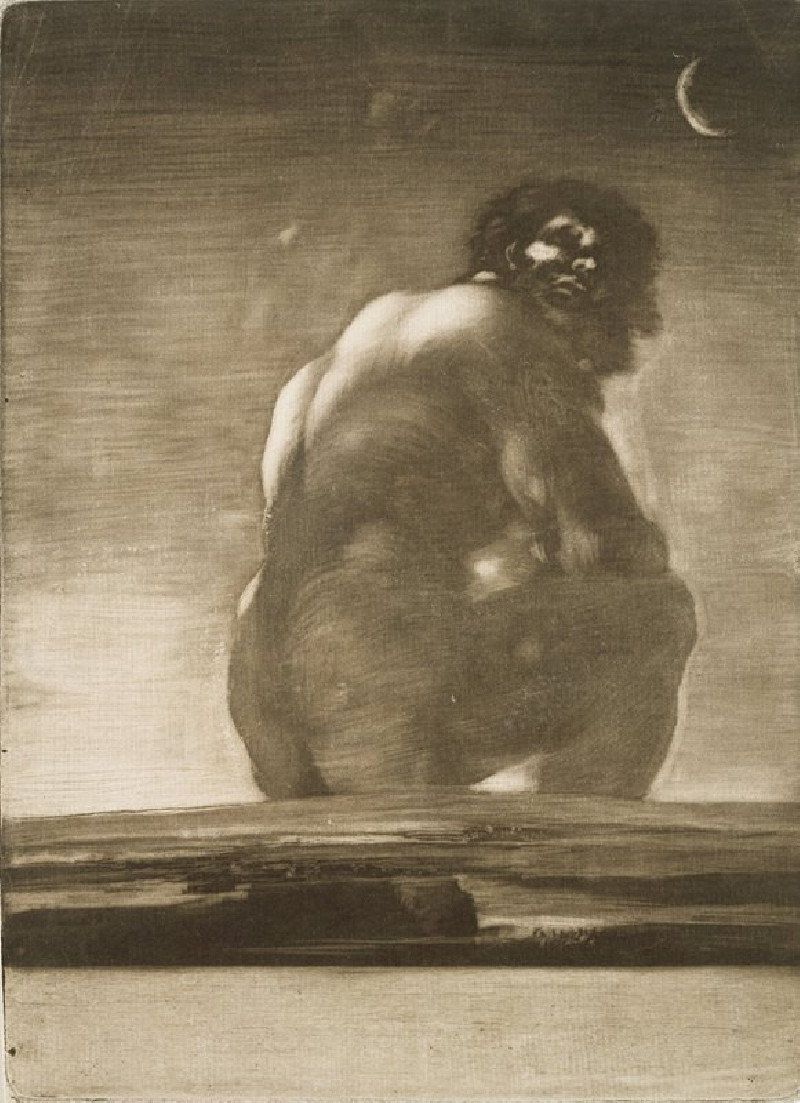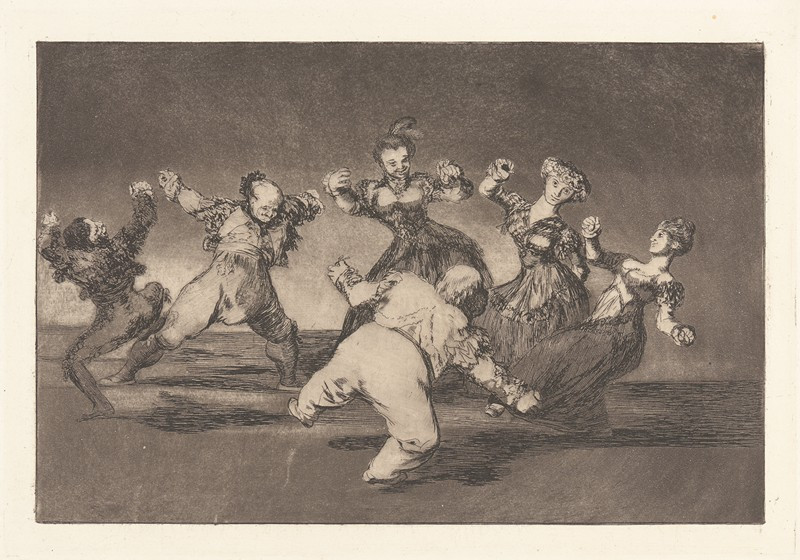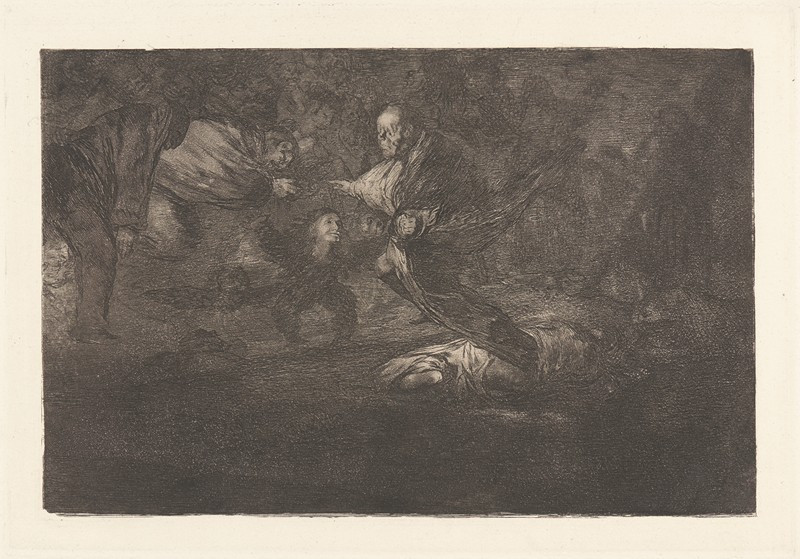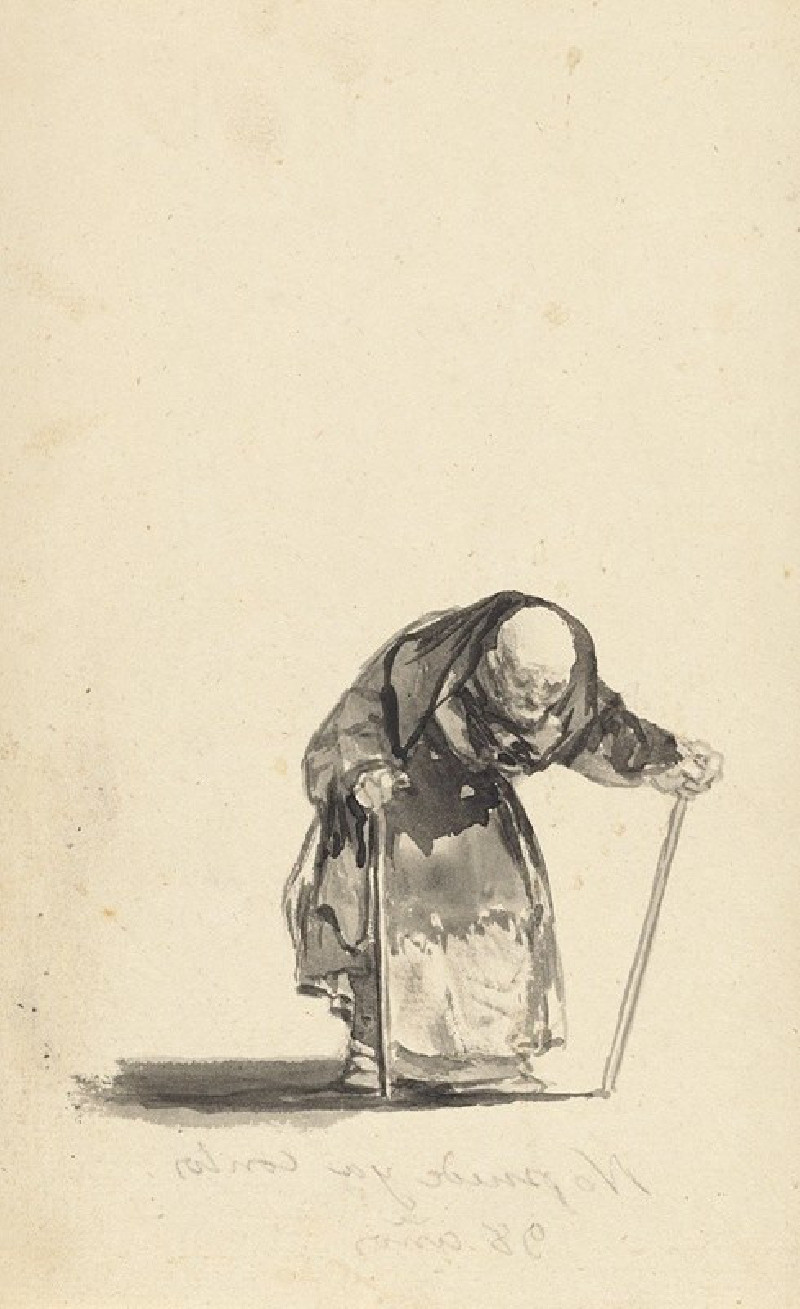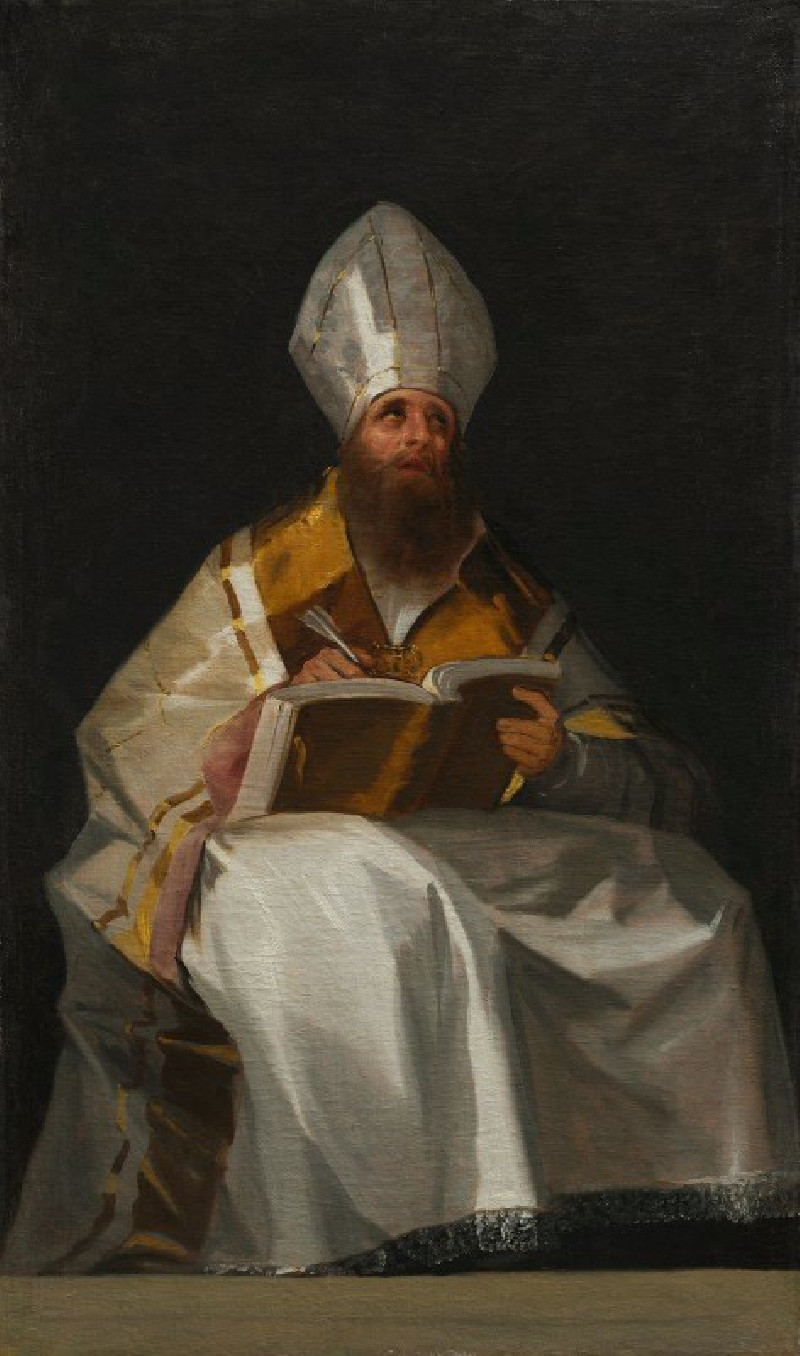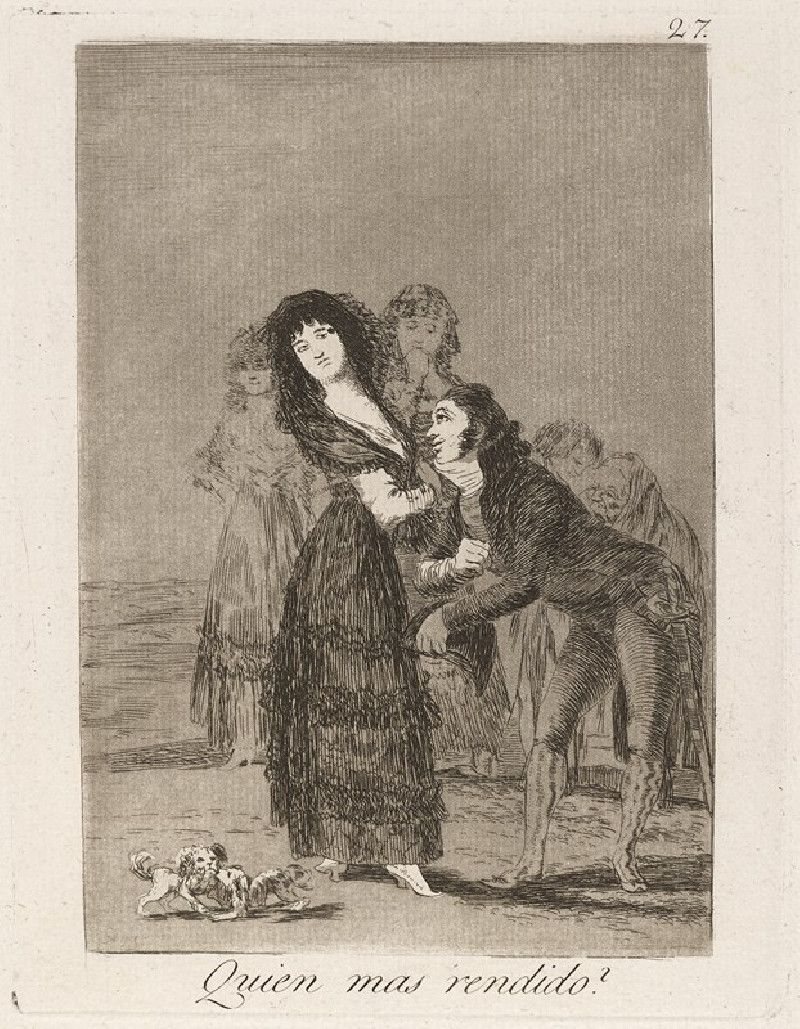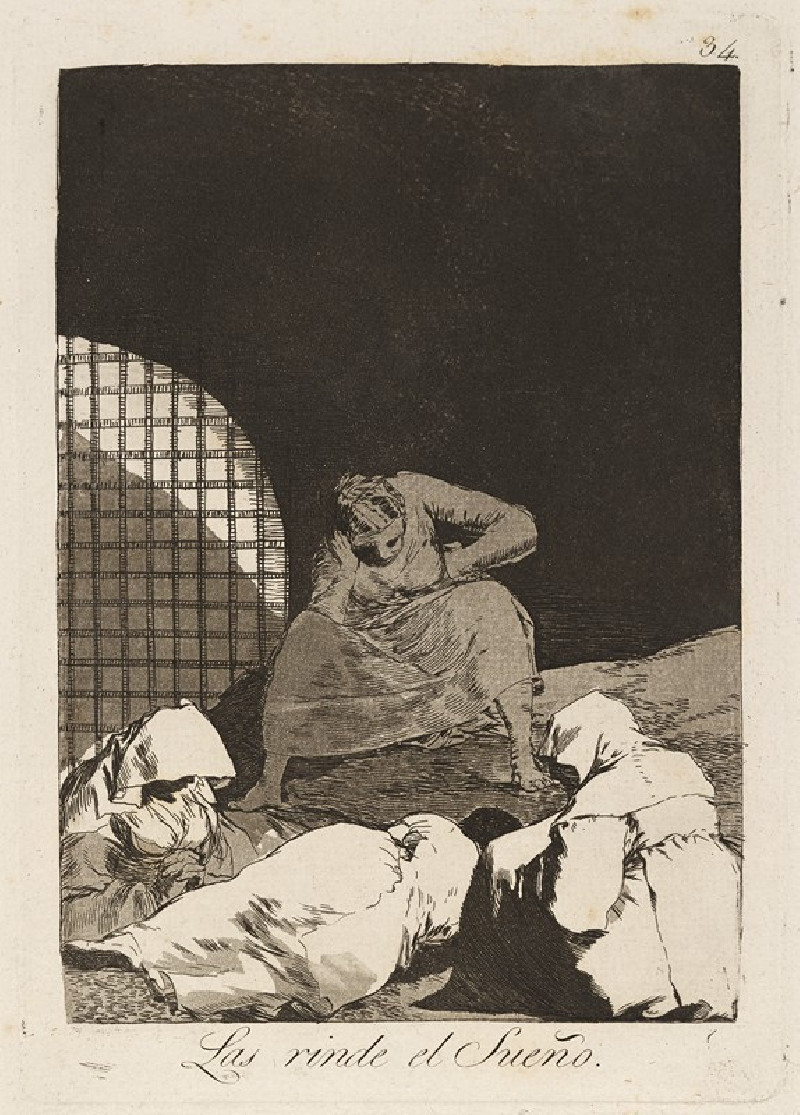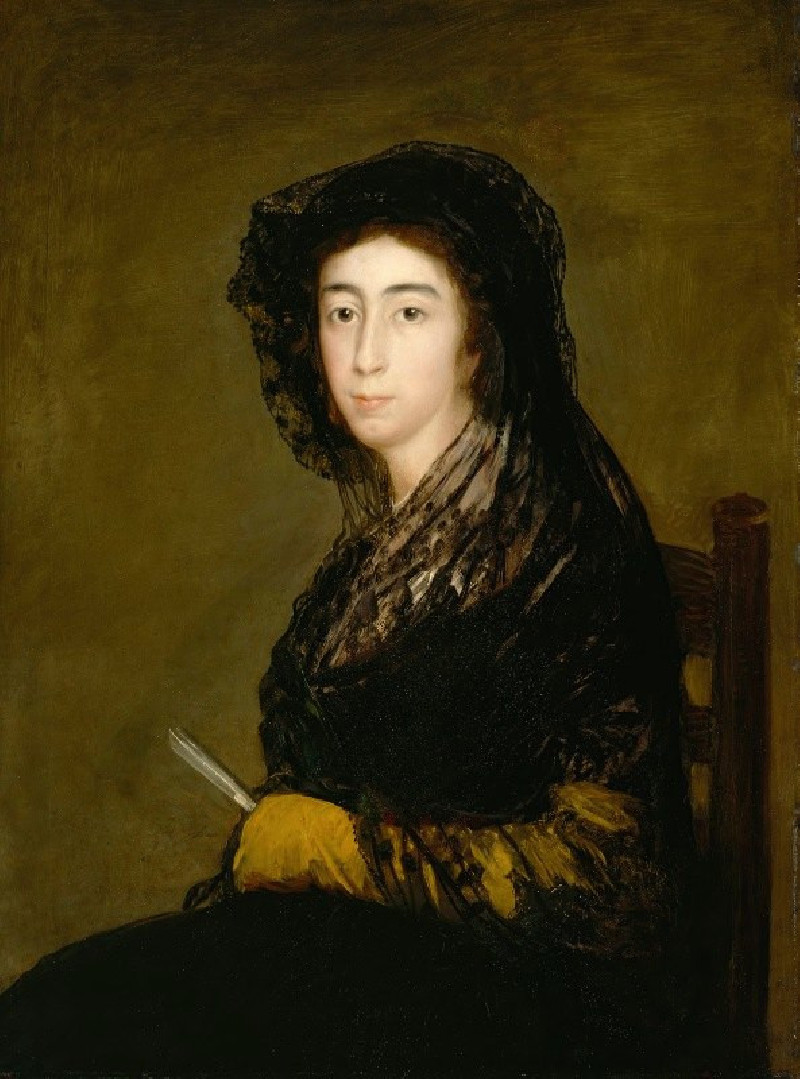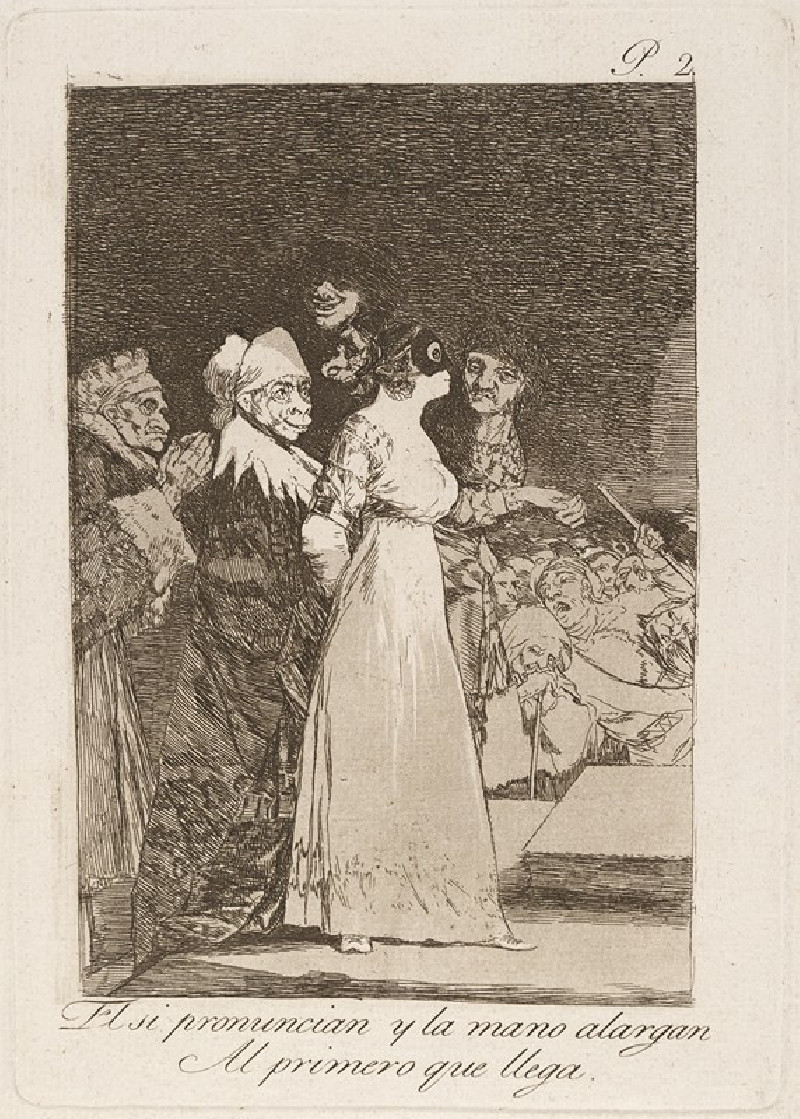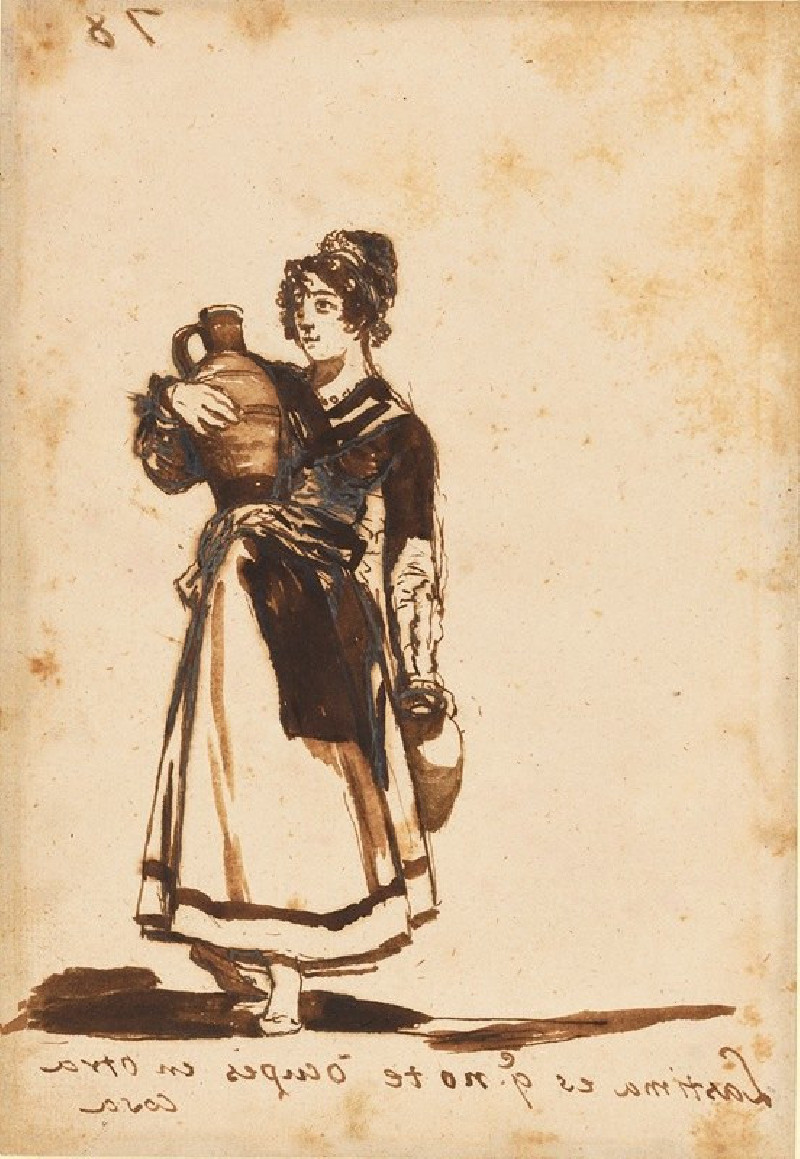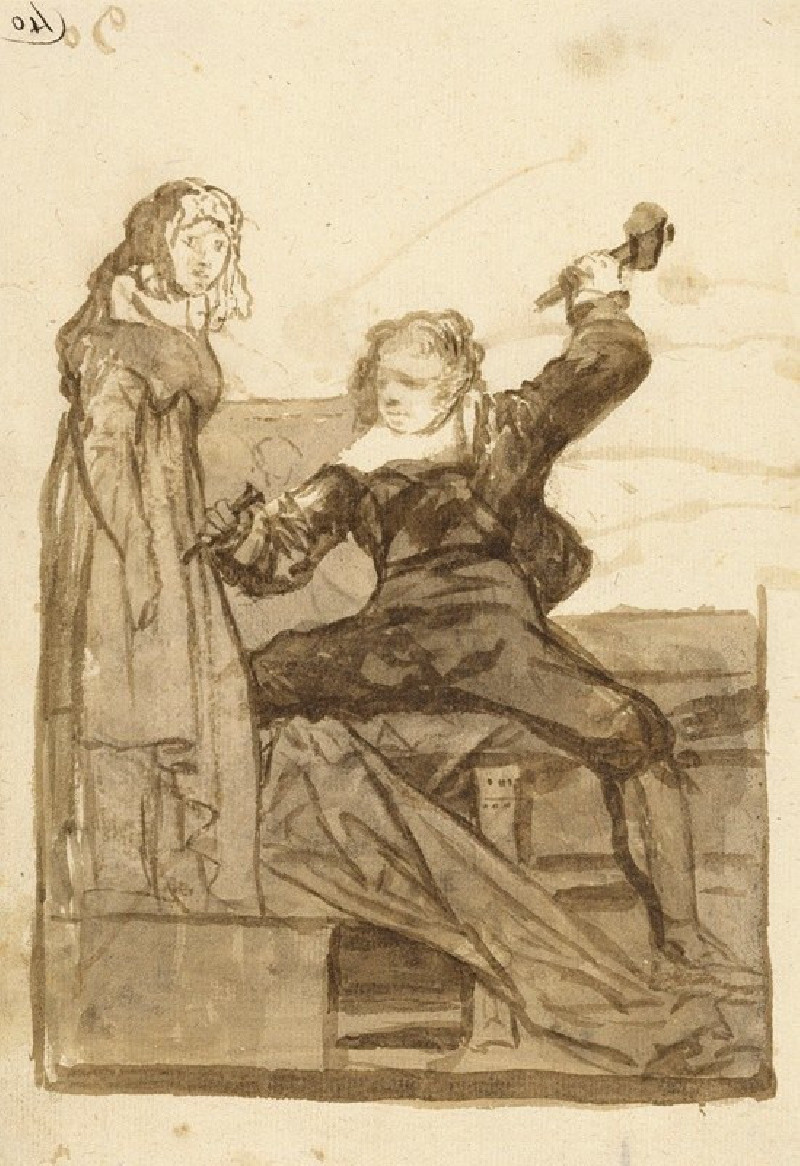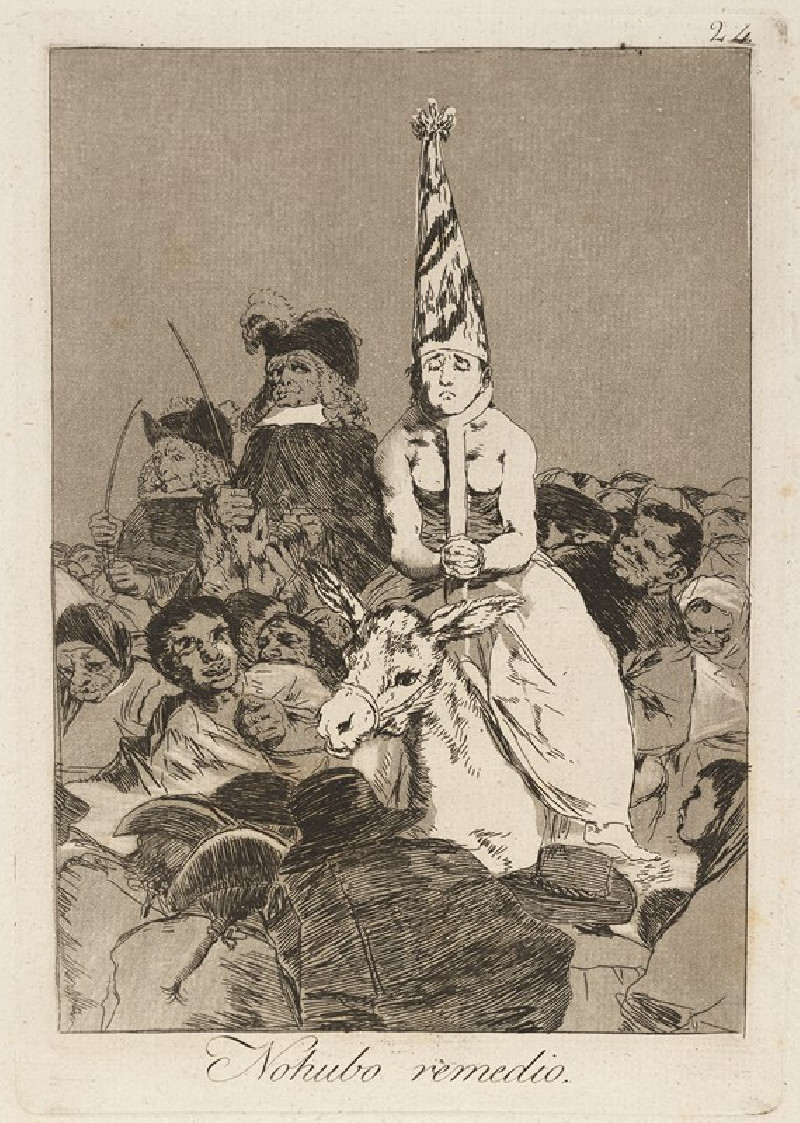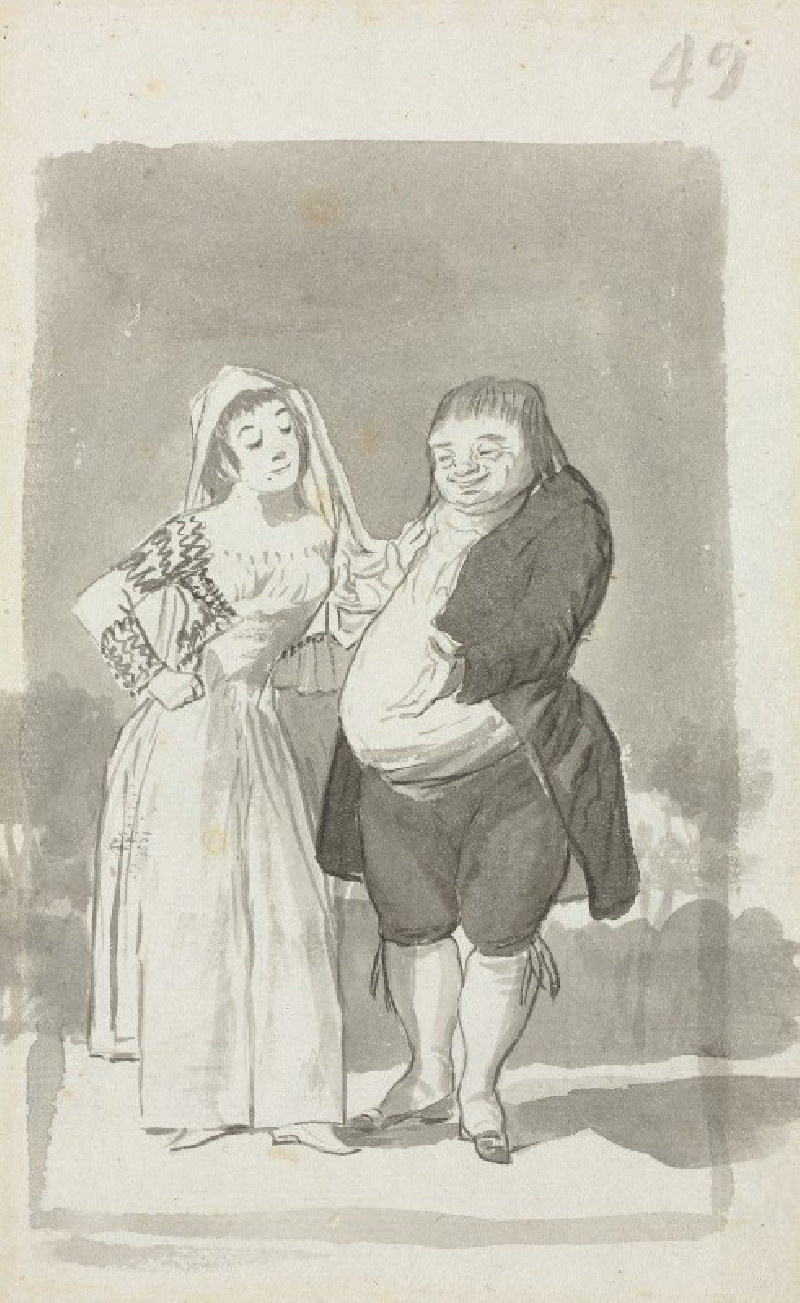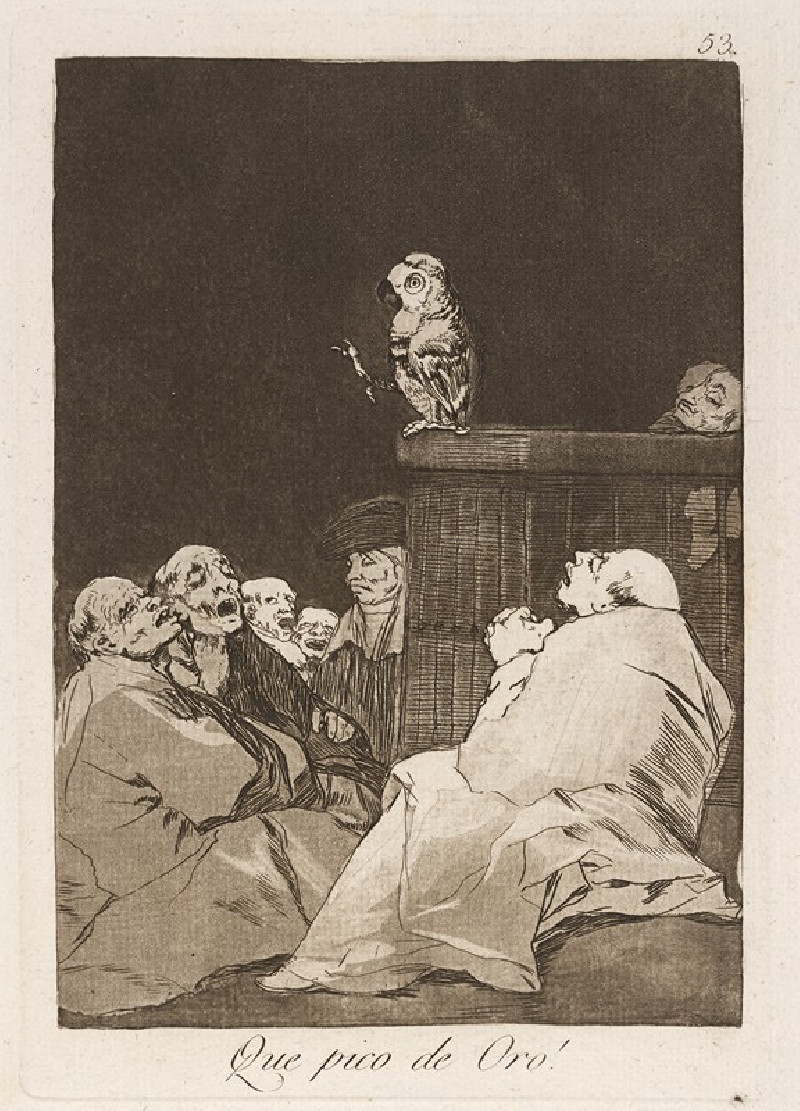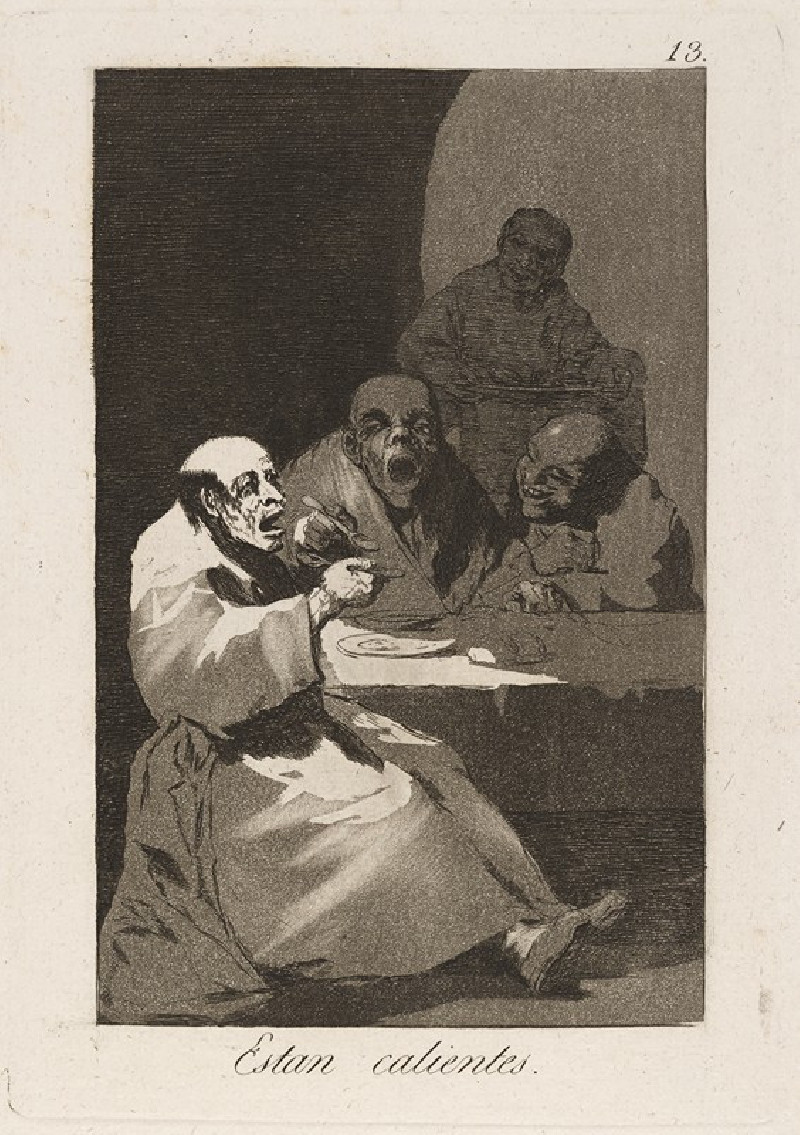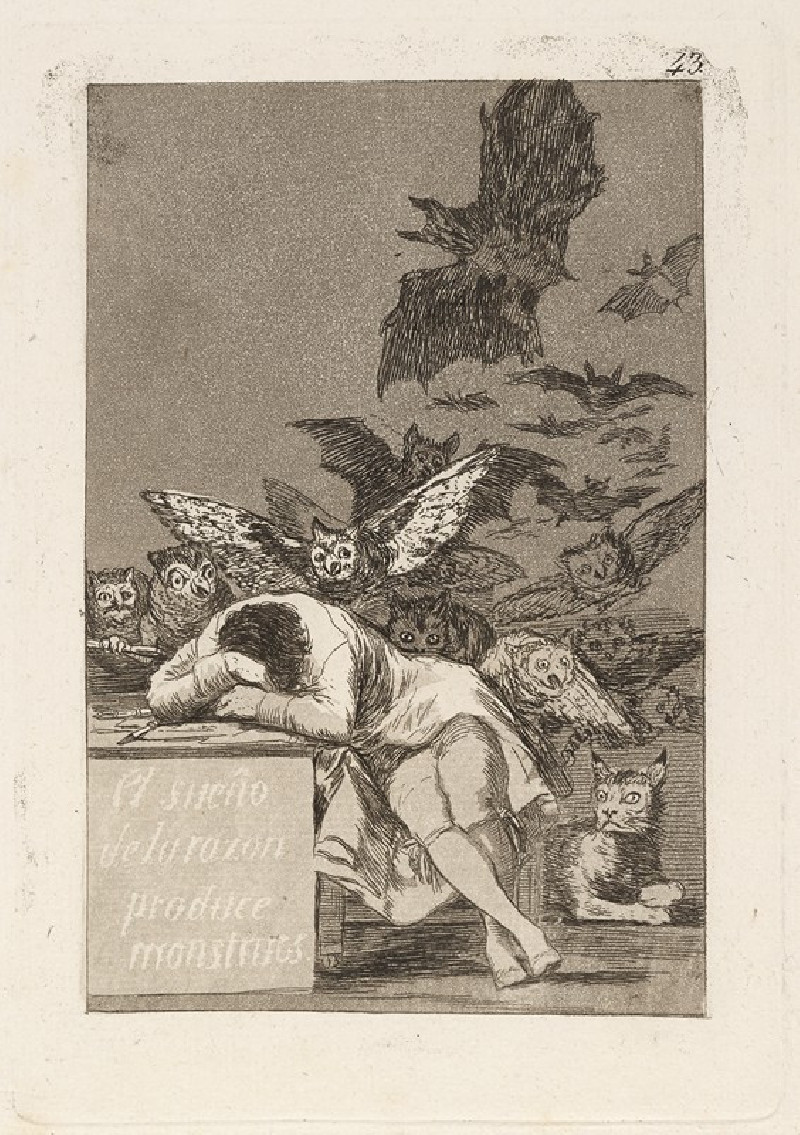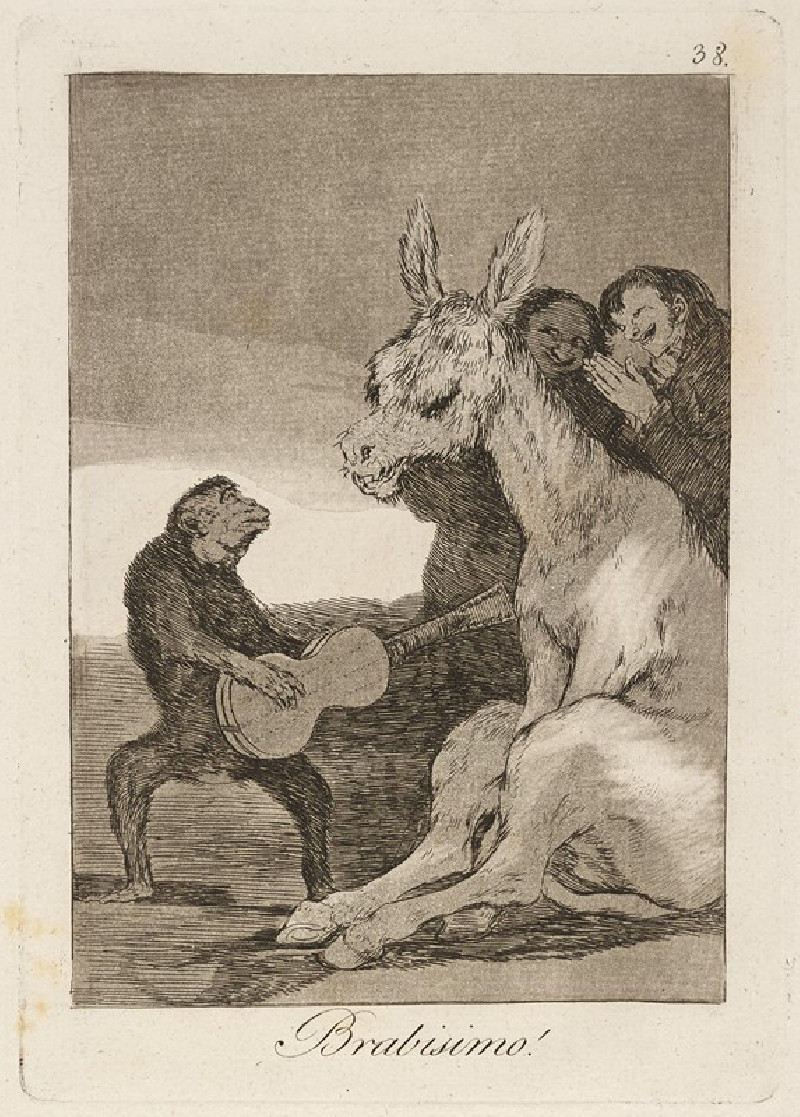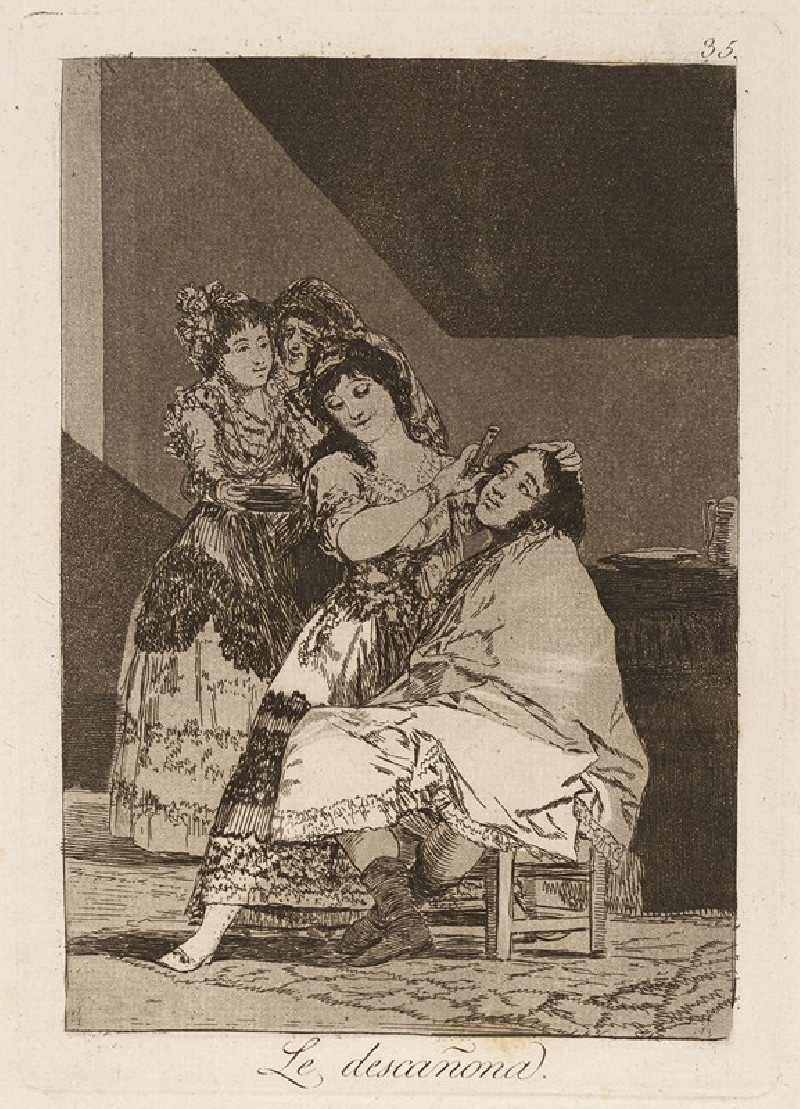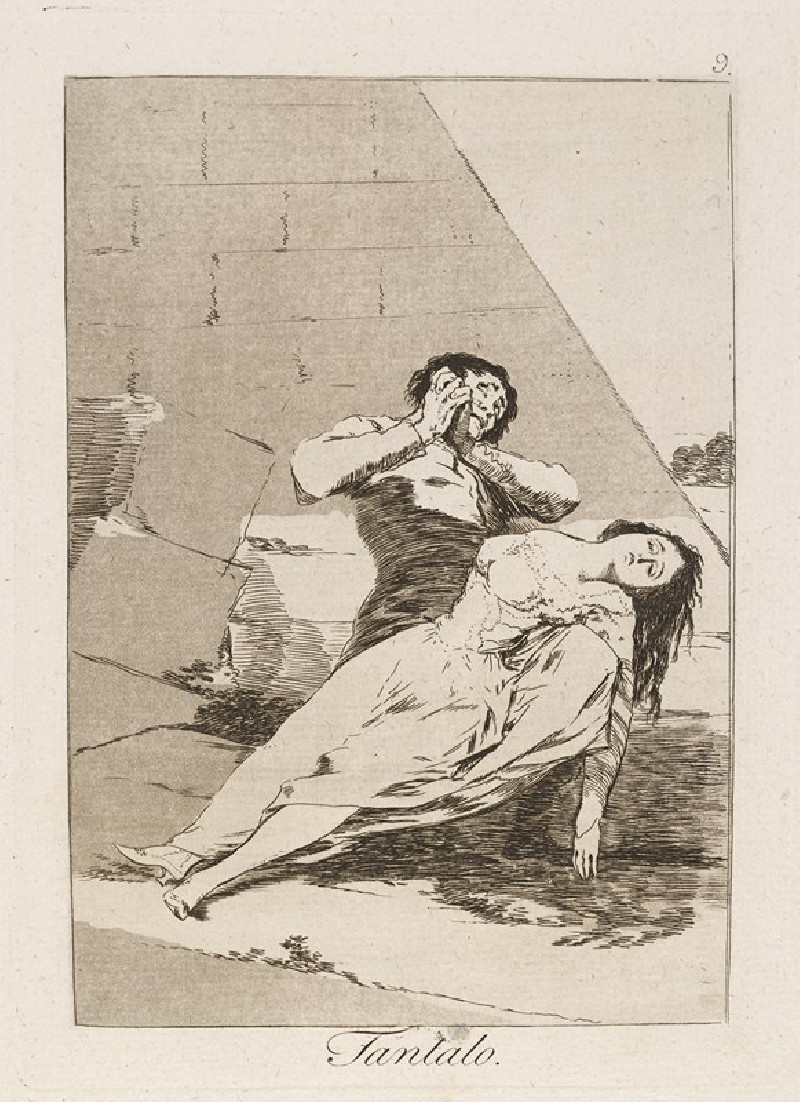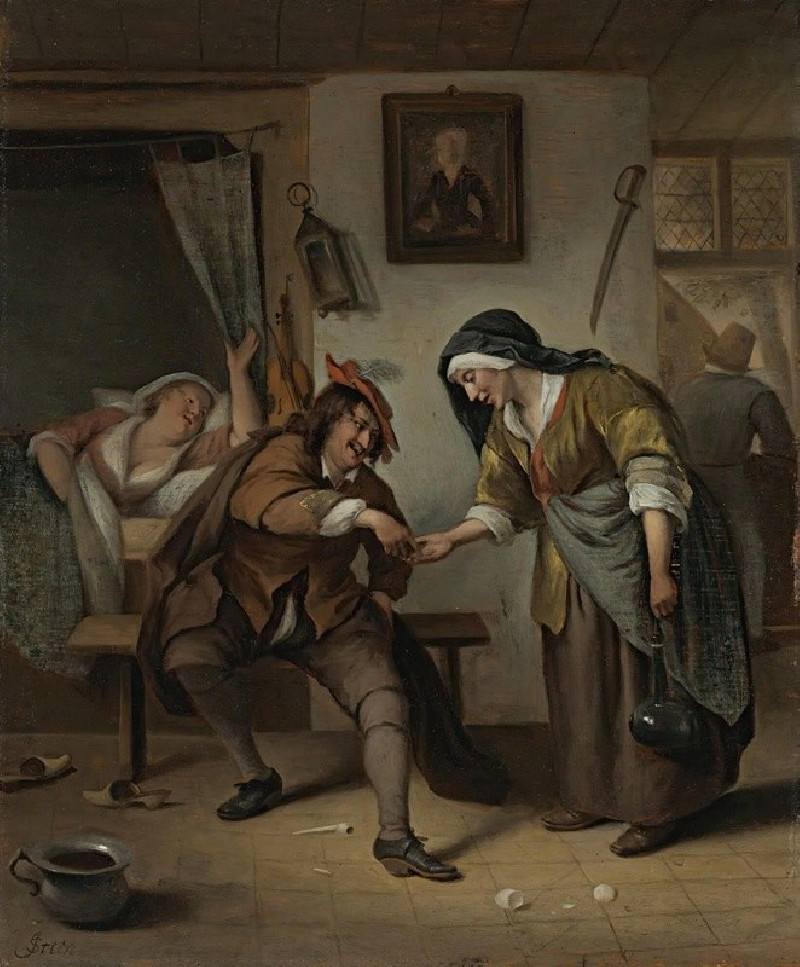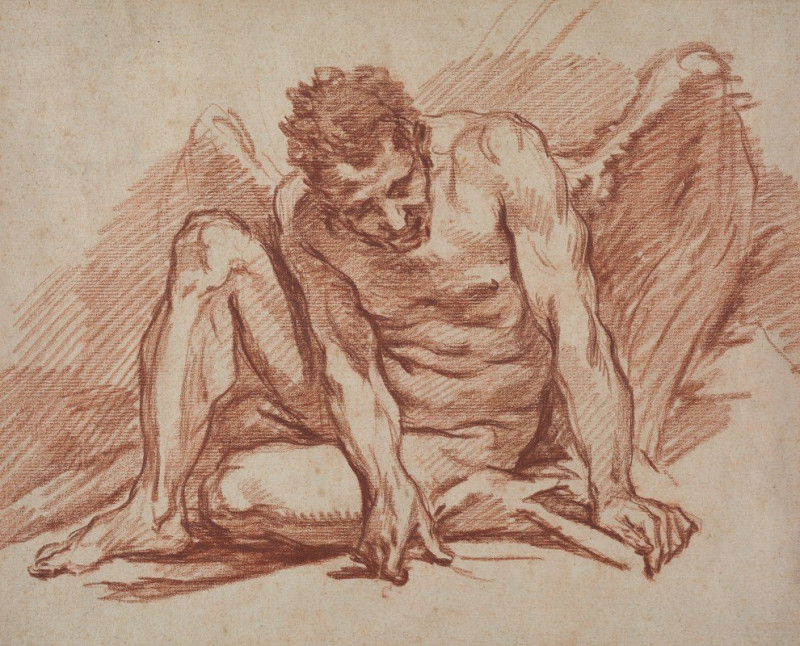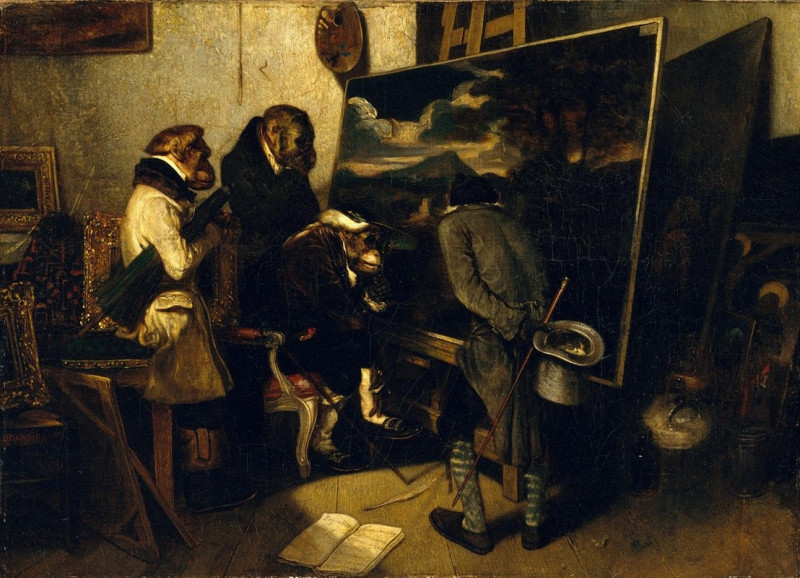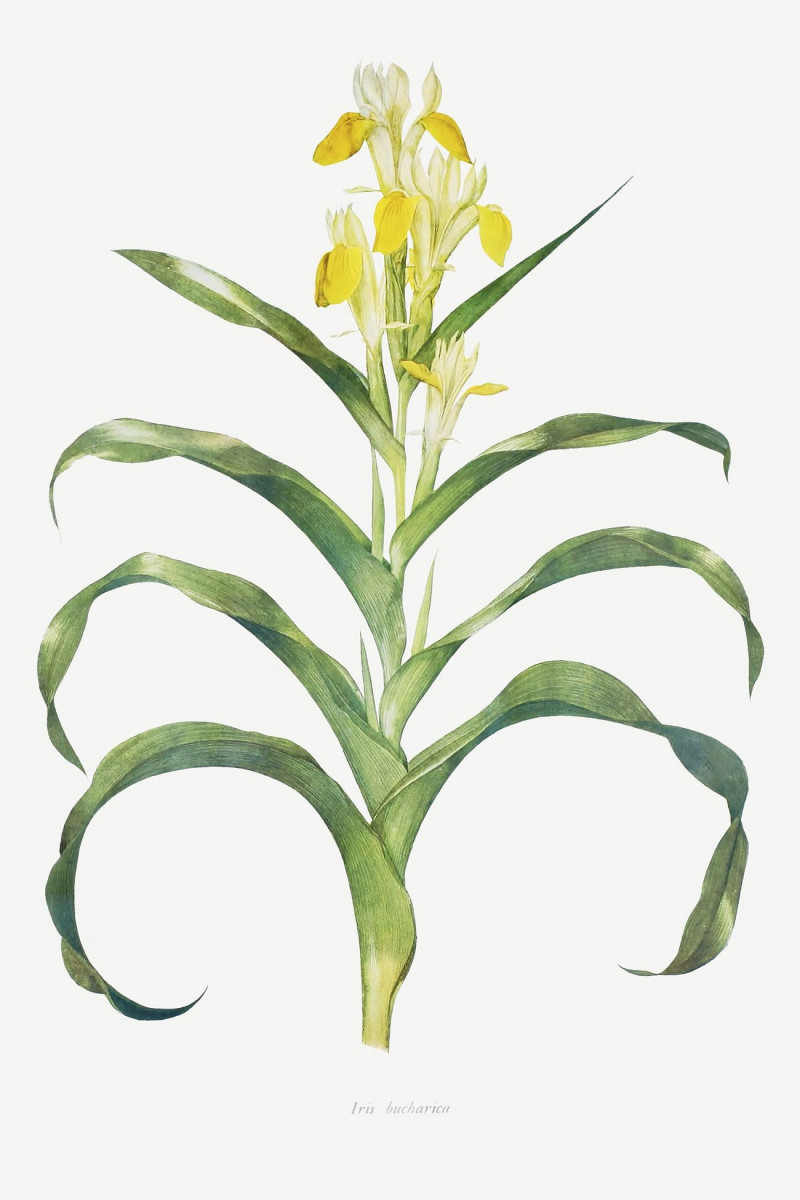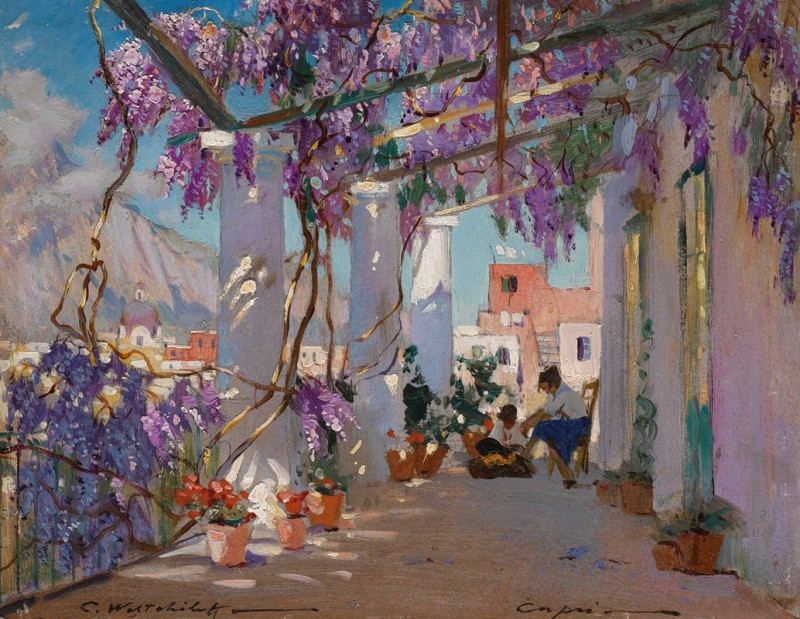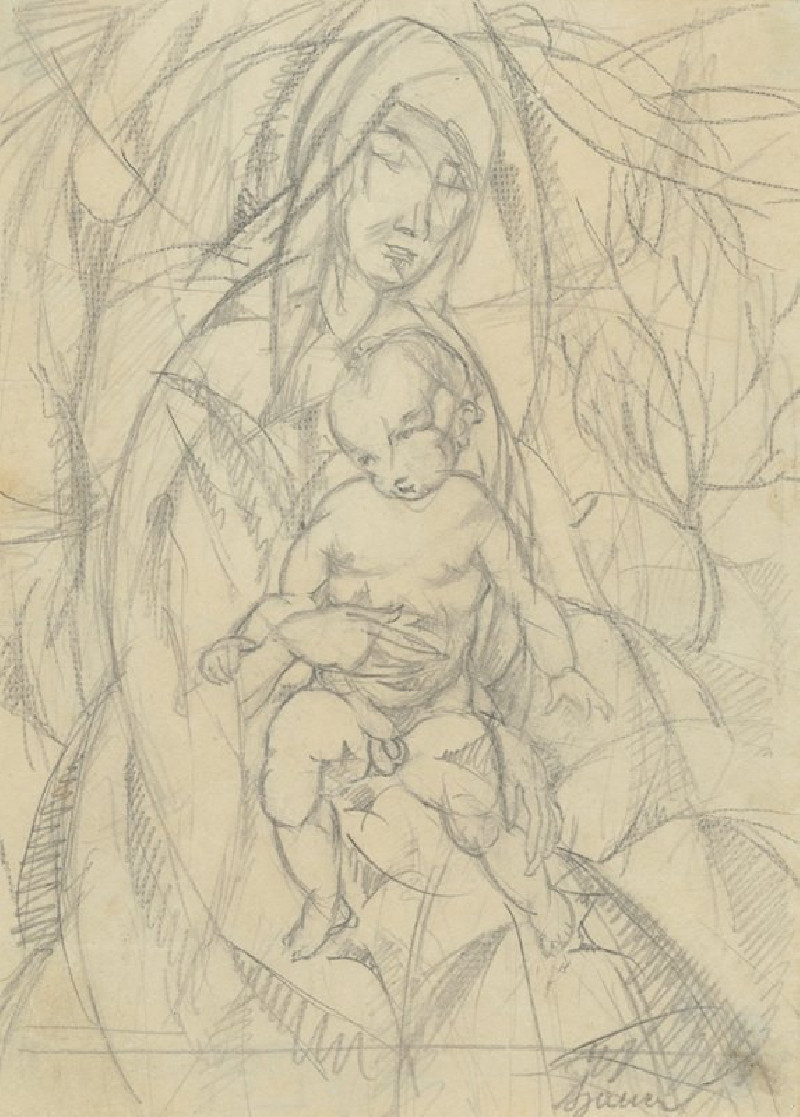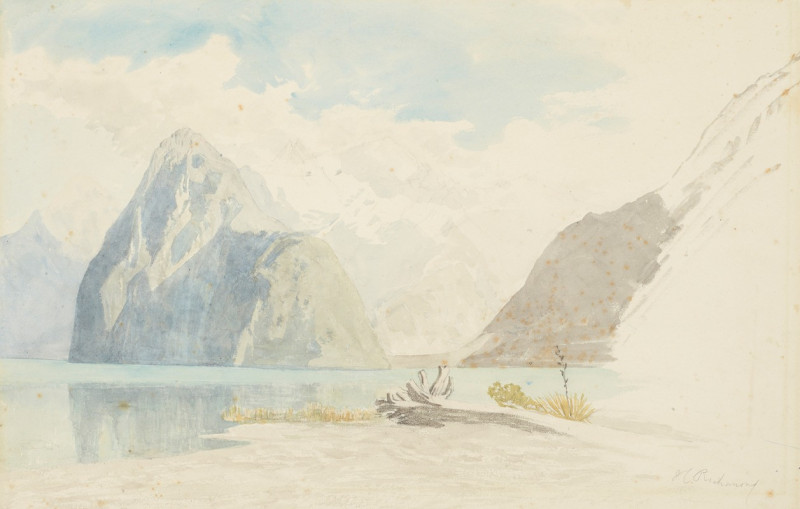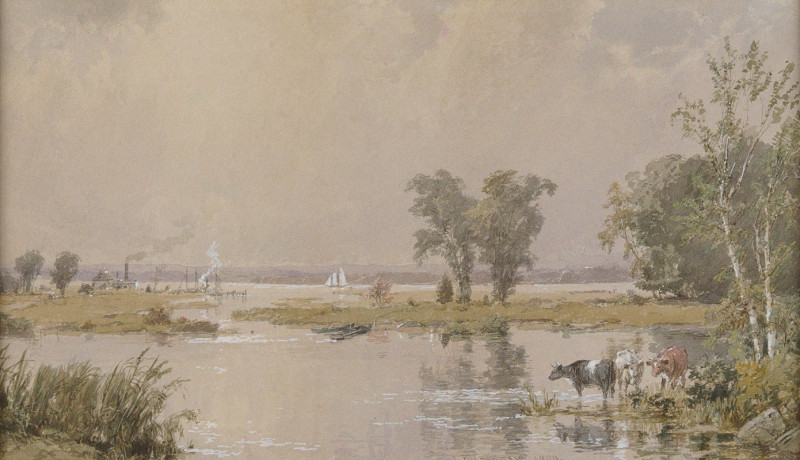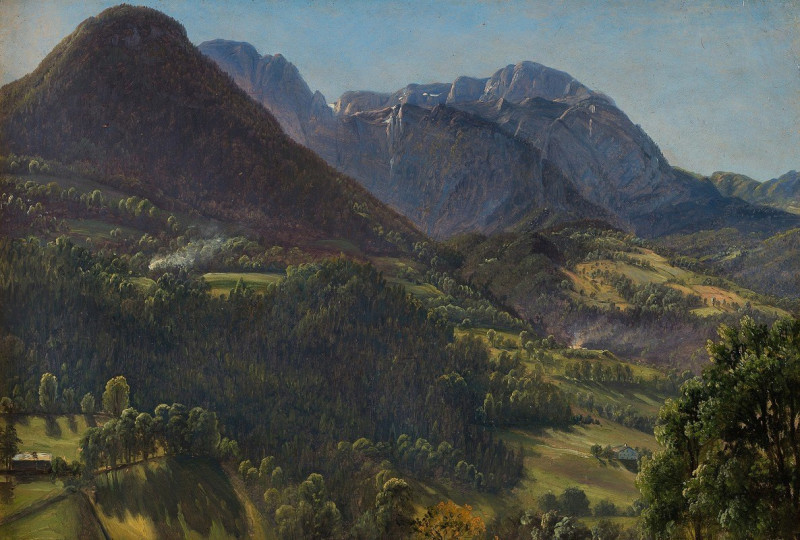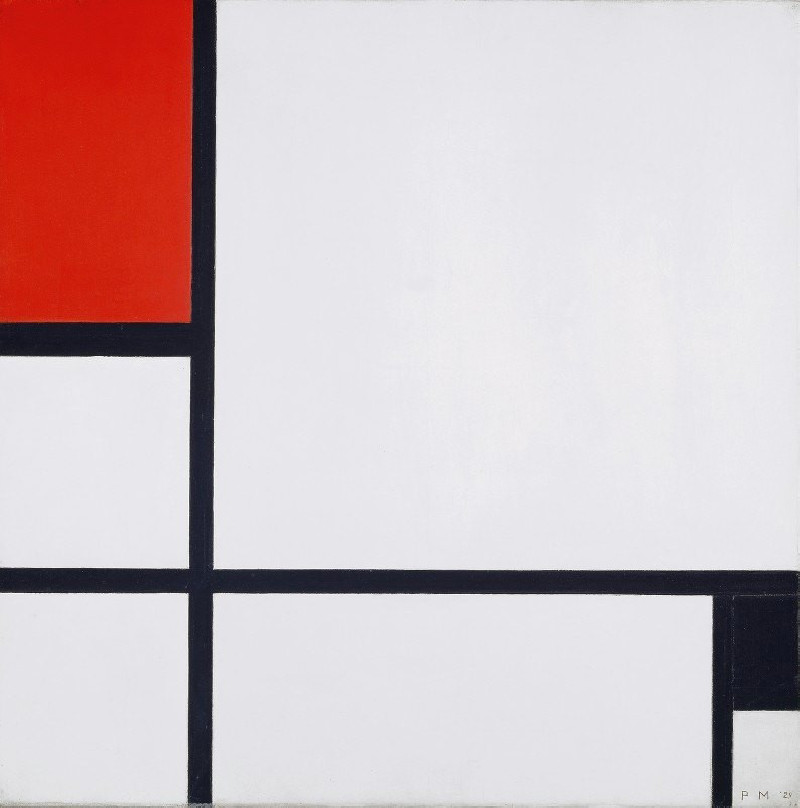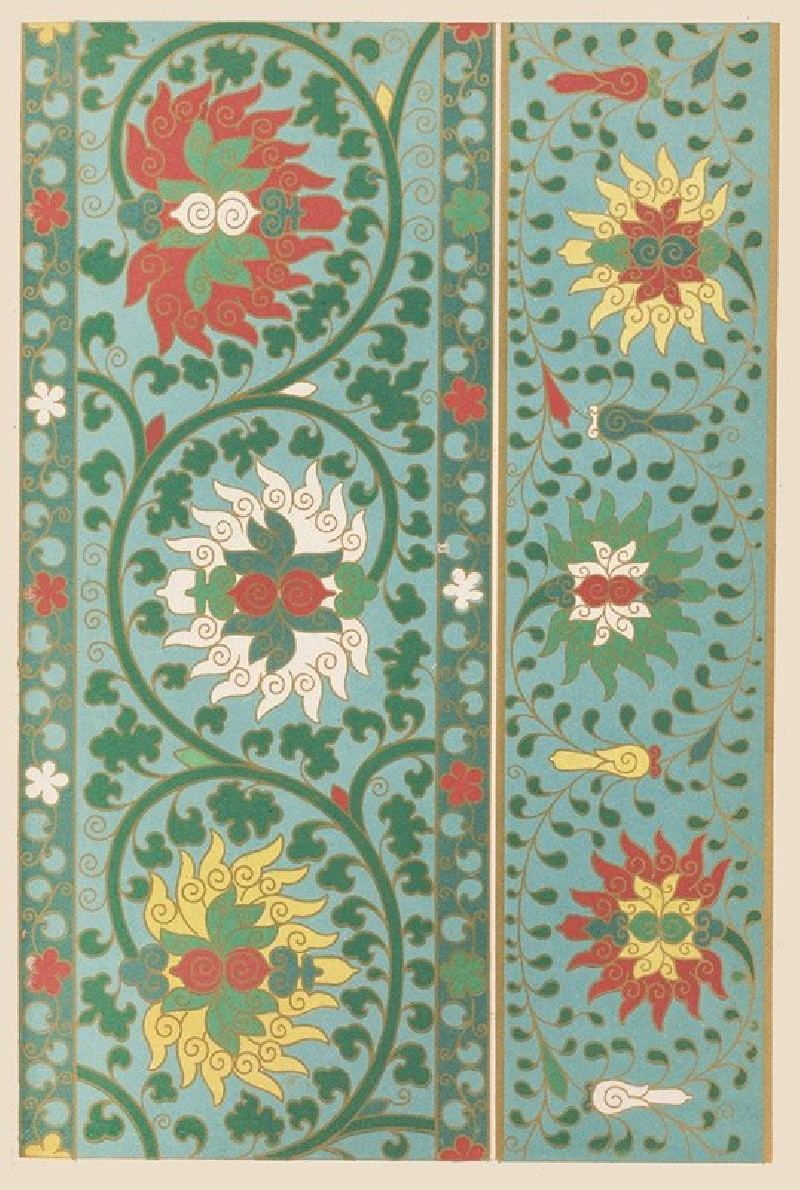Si sabrá mas el discipulo (Might not the pupil know more) (1796-1797)
Technique: Giclée quality print
Recommended by our customers
More about this artwork
"Si sabrá mas el discipulo" (Might not the pupil know more) by Francisco de Goya is a captivating etching that offers a poignant satire on the state of education and intellectual authority during his time. Dated between 1796 and 1797, this piece is part of Goya's famous series, "Los Caprichos," which critiques the social and political issues of late 18th-century Spain.In this artwork, Goya masterfully uses the imagery of animals in human attire to depict a scene of instruction or learning. The focus of the piece is on a donkey, dressed in a scholarly outfit complete with a bonnet, who appears to be teaching or supervising a second donkey, recumbent and engaging directly with open books that sport prominent "A"s, possibly indicating a focus on basic education or literacy. The scene is at once absurd and thought-provoking, evoking questions about the qualifications and effectiveness of those in positions of educational power.Goya's use of dark, expressive lines and attention to textures enhances the satirical essence of the etching, exaggerating the animal features of the figures to emphasize the folly of the situation. This artwork remains a compelling critique, relevant to discussions on authority and competence in educational systems."Si sabrá mas el discipulo" not only showcases Goya's skill as an etcher but also his deep engagement with the social currents of his time, making it a significant historical and artistic document.
Delivery
Returns
Francisco José de Goya y Lucientes (30 March 1746 – 16 April 1828) was a Spanish romantic painter and printmaker. He is considered the most important Spanish artist of the late 18th and early 19th centuries. His paintings, drawings, and engravings reflected contemporary historical upheavals and influenced important 19th- and 20th-century painters. Goya is often referred to as the last of the Old Masters and the first of the moderns.


